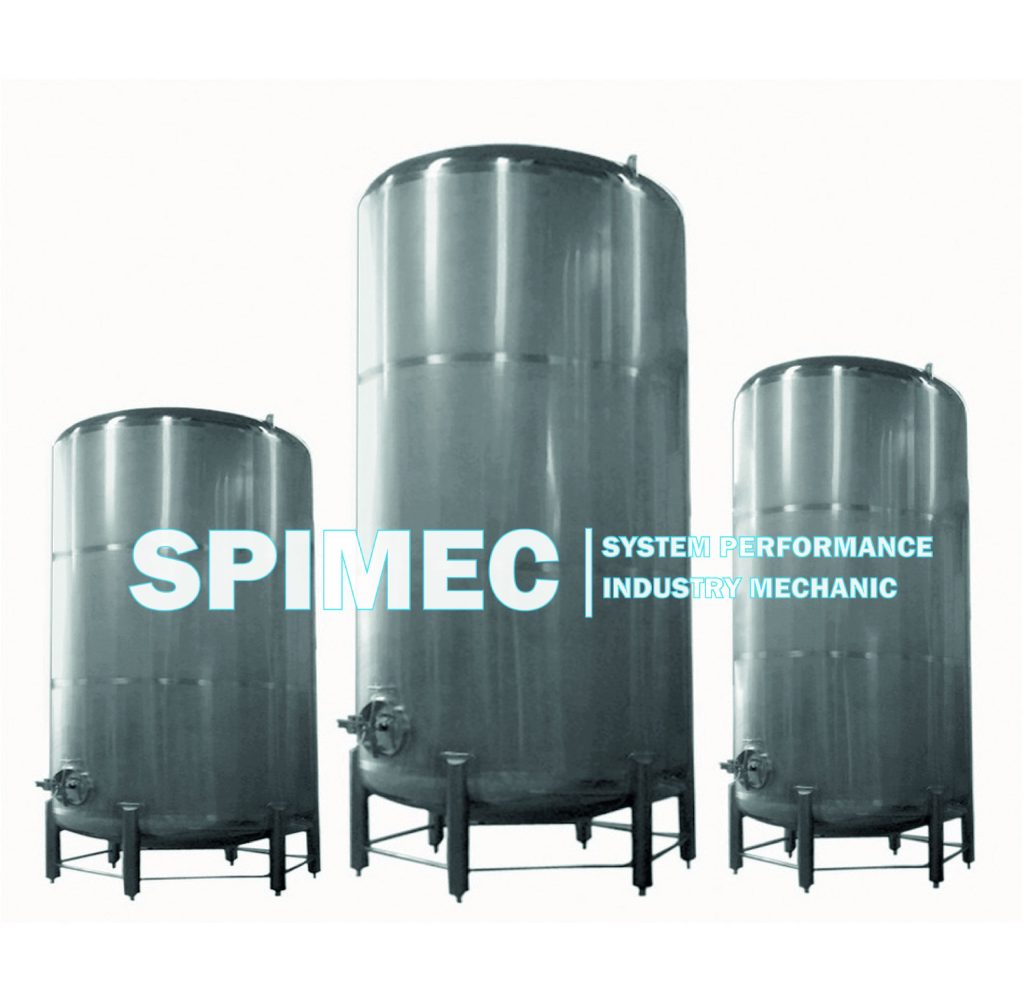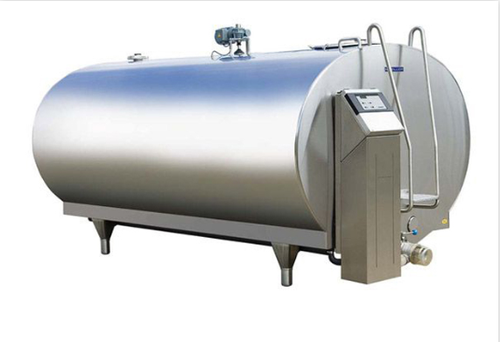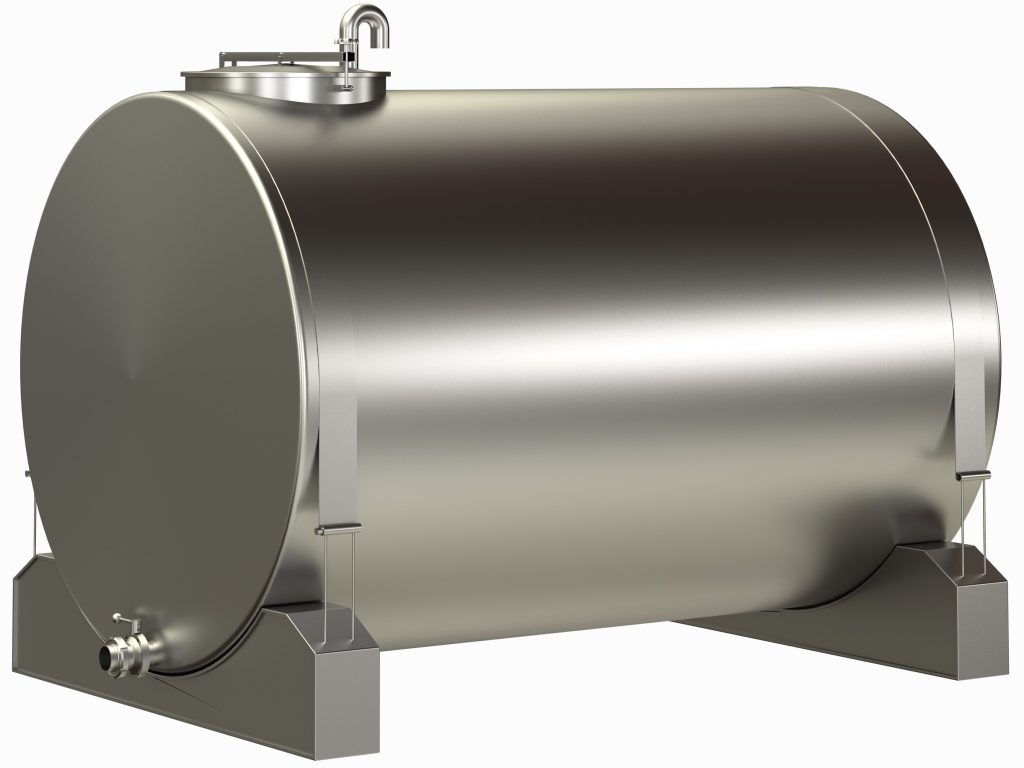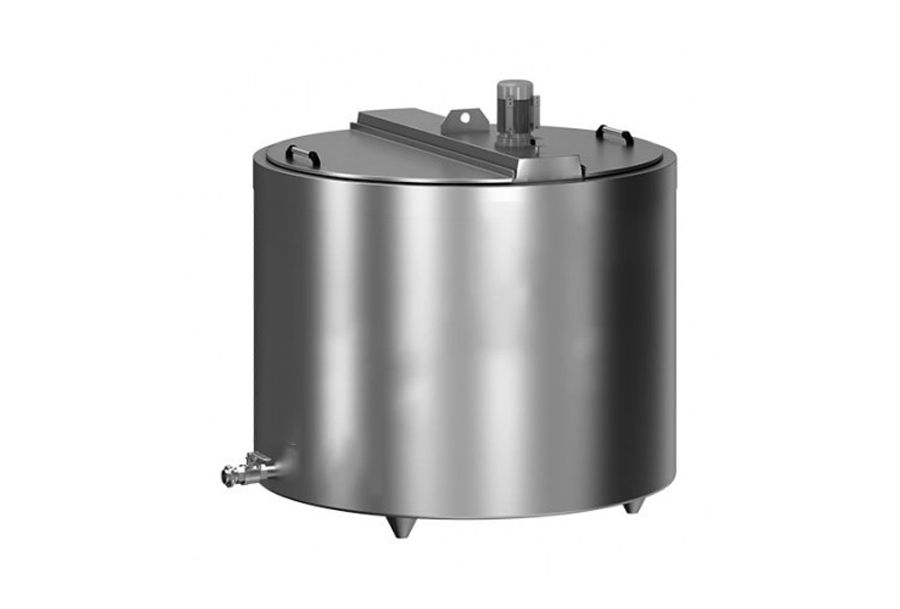Homogenizers are specifically crafted to break down particles within food products, such as oil and protein particles, in order to achieve a uniformly blended final product. These machines find their primary application in milk, cream, and yogurt processing facilities.
Our product has garnered significant market acclaim due to its user-friendly operation, exceptional efficiency, dependable performance, and long-lasting durability. Furthermore, it stands out as an energy-efficient solution that demands minimal maintenance.
Homogenizers are extensively employed in a variety of industries, including pharmaceuticals, chemicals, cosmetics, and dairy. Customers can access this product at highly competitive prices.
The fundamental process of milk homogenization operates through the following mechanisms:
1) Shearing Mechanism: As milk is propelled through narrow openings within the homogenizing head at high velocities, it induces eddy currents that create a shearing force on the fat, leading to the fragmentation of fat particles.
2) Blasting (Cavitation) Mechanism: The hydrostatic pressure can dip below the vapor pressure of the fat, causing localized, momentary vacuums to form within the liquid. This results in a cavitation phenomenon, leading to the rupture and dispersion of fat globules.
3) Squeeze (Impact) Mechanism: Fat globules experience high-speed impacts when they collide with the homogenizing valve, resulting in their fragmentation.
Technical Specifications
- Capacity: 20-30,000 LT/H
- Pressure: Up to 1000 bar
- All contact parts in SS: 304/SS-316
- Stellite/Tungsten Carbide valve and valve seat
- Two stage Homogenising head
- Particle size less than 1 micron
- CE marked
- SS-316 Diaphragm Pressure Gauge.





